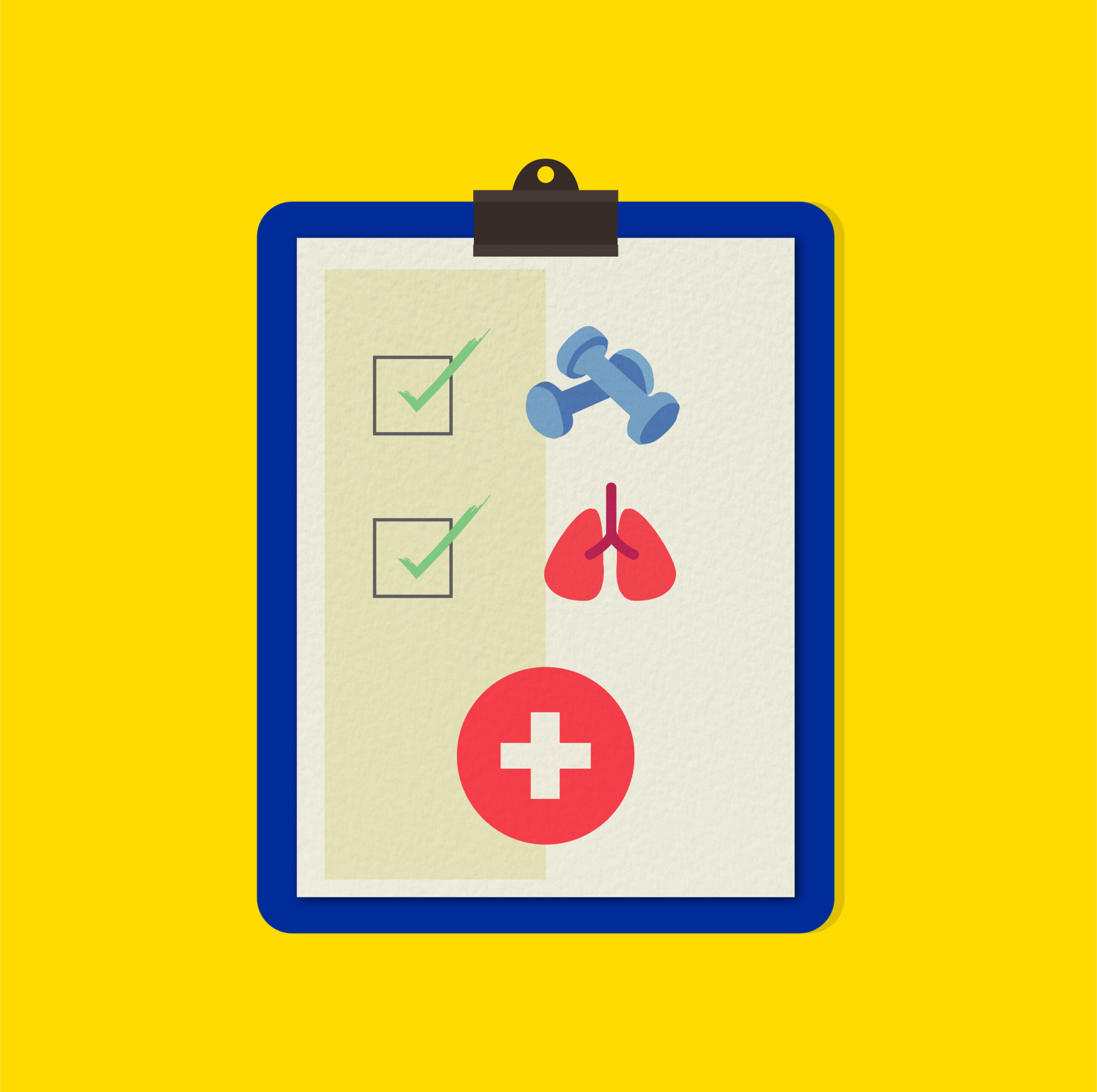Your circulation has much to do with your overall health. Every cell in your body relies on a healthy supply of oxygenated blood to perform its routine tasks and remove waste. It benefits you to get your blood moving. Here are nine tips for improving circulation in the body.
1. Recognize the Signs of Trouble
As Ned Stark said in “Game of Thrones,” winter is coming. Do you find that you’re constantly cold and tired, warming your icy fingers in front of space heaters and fueling office thermostat wars? You might not need to adjust that dial — the issue could be poor circulation.
In addition to coldness and fatigue, the following symptoms might indicate problems with your blood flow:
- Tingling and numbness: This symptom indicates that something is restricting blood flow, keeping it from reaching your extremities in sufficient quantities.
- Muscle cramps: Your muscles require oxygen to flex and contract. Without a sufficient blood supply, your legs, feet, hands, and arms may become stiff.
- Swelling: Edema is the scientific name for what occurs when fluid accumulates in your extremities due to insufficient circulation. The excess liquid spills into surrounding tissues, often causing pain.
If you frequently notice such symptoms, you should make a call to your doctor. They may refer you to a cardiologist for further evaluation. Medications and lifestyle changes can ease your condition and help you live comfortably.
2. Get Your Body in Motion
Exercise is one of the most effective ways to improve your circulation. Physical activity tones your heart muscle, making it operate more efficiently. You pump more blood with each beat, decreasing your overall pulse rate. Additionally, movement improves your muscles’ ability to pull oxygen from your bloodstream, lowering your blood pressure.
Walking is an excellent form of cardiovascular training that nearly anyone can do for free. All you need is a sturdy pair of tennis shoes. Another freebie that gets your heart pumping is dance. This form of physical activity comes with a bonus — it works your neuroplasticity, helping you stave off Alzheimer’s disease more effectively than other activities.
3. Kick the Butts
Smoking harms your circulation through several mechanisms. The chemicals in tobacco harm your blood cells, increasing their numbers and your risk of clots.
Smoking also damages the structure and function of your heart and blood vessels, increasing your risk of atherosclerosis. This condition involves a sticky substance called plaque that builds up in and narrows your arteries. When this hardening occurs, your heart struggles to pump oxygen-rich blood to the areas of your body that need it.
This plaque can snowball into peripheral artery disease (P.A.D.), a condition that restricts blood flow to your head, organs, and limbs. People with P.A.D. run an increased risk of heart attack and stroke, particularly when combining smoking with other risk factors like obesity.
4. Try a Standing Desk
Do you have a desk job? Sitting may not be the new smoking, but prolonged inactivity harms your circulation.
One solution is to try a standing desk. These models let you segue from sitting to standing throughout the workday, keeping your blood flowing more efficiently. If you don’t have the cash to invest in a commercial model, you can achieve a similar effect with stacks of boxes or books.
5. Thin Your Blood a Bit
You should always consult with your doctor before beginning an aspirin regimen. However, the acetylsalicylic acid found in this over-the-counter medication might offer you some protection against a heart attack, even if you smoke.
An aspirin regimen might also decrease some of the inflammation associated with chronic pain conditions. If you prefer herbal medicine, white willow bark produces a similar effect. However, you shouldn’t combine the two — thinning your blood too much can lead to excessive bruising, dizziness, and fainting.
6. Wear Compression Garments
Do you stand all day at work? If you’re a cashier, stock clerk, or mail carrier, you may wish to invest in compression garments.
These garments may also prevent varicose veins, which occur when your body struggles to pump blood back to your heart from your extremities. Some people swear by these products to improve their sports performance. They’re a good investment if you frequently fly long distances, helping prevent deep vein thrombosis.
7. Keep Your Extremities Toasty
Think back to your high school physics class. When the molecules in a liquid or gas heat up, what happens? They expand. The same principle applies to your body.
Therefore, keeping your extremities toasty may boost your circulation, especially if your low blood flow stems from a heart defect such as a floppy mitral valve. The warmth from a pair of fuzzy socks keeps your blood from pooling in your toes, causing edema and pain.
8. Learn the Art of Massage
Few things feel better than a relaxing foot and leg massage. However, you don’t have to shell out the big bucks to seek professional treatment if you can’t afford it.
You can learn how to do a foot massage, stimulating circulation in your lower extremities. If you have a partner, why not practice with each other to strengthen your bond while boosting blood flow?
9. Maintain a Healthy Weight
The more mass your body takes up, the farther your blood has to travel to reach your extremities and get back to your heart. It’s the physiological equivalent of taking the scenic route. However, you’re rewarded with poor circulation instead of a breathtaking view.
Therefore, do all you can to maintain a healthy body weight. Eat a plant-based diet high in lean proteins and low in empty calories like white flour and sugar. Get regular exercise — the World Health Organization (WHO) recommends 150-300 minutes a week of moderate activity or 75-150 minutes of vigorous workouts for adults aged 18 through 64.
Improve Circulation in the Body
Poor blood flow can lead to a host of unpleasant health effects. Improve circulation in the body with the nine above tips.






